So it's that time of year again where everything that is going to be ordered has been ordered up here in the great white north. Having just graduated from college and being home while working a job full time, I have an opportunity to spend more time with my plant pursuits than ever and went a little crazy this year. Here are some updates on some of the existing notables and an overview of some of the new ones:
Acer cappadocicum subsp. lobelii (Lobel Maple): The most vigorous maple in our collection, now about 8' after starting from a 2' stick planted in Autumn '05. Leaves persist until November and after a few hard frosts already this year, still look like it's summer. Eventually they turn a decent yellow.
Acer griseum x pseudoplatanus: Has yet to fully adapt from last spring's planting, but has an interesting leaf shape intermediate between the two parents and scarlet fall color the equal of our Paperbark and Manchurian Maples. It is just starting to turn now. Leaf undersides are violet.
Acer davidii subsp. grosseri var. hersii (Hers Maple): That scientific name is a mouthful. Planted in rocky alkaline soil this spring in full afternoon sun. Not the best spot for a snakebark maple, but it has grown about a foot and a half after being planted in fall '07 and is our most vigorous snake bark, just beating out A. tegmentosum.
Acer pectinatum subsp. laxiflorum (Looseflower Maple): A 4' graft sent from Forestfarm last fall, this one surprised me by FLOWERING its first spring in the ground, although birds ripped the developing seeds off, unfortunately. Last autumn it turned brilliant shades of red and violet, in stark contrast to the buttery yellow they are sporting this year. I'm guessing this is a soil chemistry thing now that it is drawing nutrients from the soil here and not forestfarm's potting mixtures? Also, survived -11F unscathed.
Vaccinium arboreum (Tree Sparkleberry): Grew like a weed in a sheltered ravine on our farm. Planted this spring, so its true test awaits it this winter. Leaves just starting to become blushed with red.
Now for the new ones,
Trochodendron aralioides (Chinese Wheeltree) and Stewartia malacodendron (Silky Stewartia): Probably not hardy, but I really wanted to try them both. They get the best spot on our farm in terms of microclimate, on a north-facing slope halfway down the eastern-facing lip of the ravine. This site is adjacent to a small Peach Orchard and hopefully I can take advantage of the microclimate there a bit more with these species.
Quercus prinus and Quercus michauxii (Chestnut and Swamp Chestnut Oaks): Will flank part of an alley that runs along side a pumpkin patch. Will be interesting to have a side-by-side comparison of these uncommon (around here at least) very similar Oaks.
Sorbus aria and Sorbus domestica (Common Whitebeam and Common Servicetree) will be planted amongst the apple section of our orchard and even if the fruit is awful they are decent ornamentals, possibly additional pollinators, and neat representatives of that little section of the Rose Family.
Ilex collina (Appalachian Holly): A threatened native U.S. holly species, we'll see how well it does along side our native winterberries (I. verticillata) growing wild in the swampy lower part of our farm.
Prunus x dunbari (Dunbar Plum): Interesting little plant from Oikos that is a cross between Beach and American Plums. A neat little addition to the plum and apricot section of the orchard.
Acer carpinifolium (Hornbeam Maple): Will replace the one killed during a 2007 dry spell in the Maple Collection
Calycanthus chinensis (Chinese Sweetshrub): Will flank a woodland entrance alongside a Parrotiopsis jacquemontiana that has proven to only be borderline hardy so far.
Ginkgo biloba 'Magnificent Butterfly': Will be a centerpiece ornamental amongst the vegetable gardens we maintain at the farm. A variegated branch sport of 'Jade Butterfly' that is supposed to be more stable and vigorous, it also has the deeply cut "butterfly" leaves of that cultivar.
Acer negundo 'Elegans': Gold variegated leaves that are sometimes crinkled. Planted amongst a stand of Black Walnut and should light up an otherwise drab area.
Acer heldreichii var. macropterum (Wingseed Greek Maple): Ok, the name "Wingseed" is my own creation to describe the enormous helicopters this plant will eventually bear. For now, it has brilliant yellow, deeply cut leaves and was planted in a large open area on the farm where it can reach its full potential. Hopefully hardy here.
Acer pilosum var. stenolobum (Stenciled Maple): Really neat tree I have looked long and hard for. Managed to grab Arborvillage's last one and it is now happily ensconced in our maple collection. Very unique leaf shape and I have seen references to excellent red fall foliage (ours came leafless).
Platanus x acerifolia 'Suttneri': Had read about this variegated Planetree and had to have it when I saw it offered. Was broken in shipping but there's a few nice buds on the scion so hopefully next year I'll get some nice variegated sprouts. Had never seen it offered in the U.S. before finding it at Arborvillage.
Gleditsia caspica (Caspian Honeylocust) and Gymnocladus chinensis (Chinese Coffeetree): Had to get a new Chinese Coffeetree after the original was literally torn out of the ground by the local wildlife. I think I remember reading that the Caspian Honeylocust has some of the largest thorns of any temperate species? Needless to say, it is planted in an out of the way part of the ravine. The Coffeetree, due to suspect hardiness, will be spending the winter in my garage or basement along with the Stewartia. It has very interesting leaflets with purple undersides.
Quercus cerris (Turkish Oak): Planted as a gatekeeper tree leading to the orchard. It is from Oikos and of a strain growing in Pennsylvania that has experienced very low (lower than I should expect here) temperatures undamaged. Have seen pictures of magnificent old specimens in Europe and essentially put in as a gift to future generations.
Carya aquatica (Water Hickory): Got a great, super-vigorous plant from Mail-Order Natives that really exceeded my expectations, especially for a mail-order hickory. Good root system and size. Planted in a swampy area of our farm that floods seasonally.
Carya x lecontei (Bitter Hican): A cross between Pecan and Water Hickory, this was planted with the Water Hickory and I will be keeping a close eye on it's supposedly impressive, tropical-looking foliage as well as hardiness.
Carya x lanei (Bitterbark Hickory): Cross between Bitternut and Shagbark Hickoruies that I could just not pass up. Planted on the farm as a wildlife tree.pollinator in our Nut Orchard.
Carya glabra var. odorata (Red Hickory): Also planted in the Nut Orchard for the same purpose as the previous. Displayed excellent yellow fall color before putting it in the ground this year.
Carya texana (Black Hickory) and Carya myristiciformis (Nutmeg Hickory): Planted as specimen trees along the main road. The Black Hickory is really fuzzy!
Carya pallida (Sand Hickory) Planted on a steep slope in the ravine.
Carya illinoenensis 'Dawson Creek'(Northern Pecan): A seed strain of Pecan from trees growing and fruiting well in Northern Michigan, if I remember correctly. Nut quality is supposed to be good (according to seller) and hardiness exceptional. Should do well with a slower growing season than most Pecans and the price was right. Purchased four seedlings that were planted along a lane in land that was too swampy for most other fruit or nut trees.
I also got seeds of Acer diabolicum, Dipteronia sinensis, Carya cathayensis, and Juglans microcarpa, which should all be fun little challenges. The trees I can never find, i.e.- Tapiscia sinensis, Dipentodon sinicum, Cladrastis platycarpa, Quercus pontica, etc. continue to elude me. Ditto with Mespilus canescens and Neviusia cliftonii- being endangered they cannot be shipped across state lines but I was hoping to find a seed source perhaps from cultivated specimens. I like the idea of having threatened/endangered species in the collection and helping them stay alive- which reminds me...our Betula uber is thriving and has the most brilliant golden fall color I have ever seen. If you can't tell I went especially crazy with the Hickories. Would love to hear what everyone else has growing this year, especially in terms of zone-pushing.
Happy Autumn Growing Season!
Pteroceltis

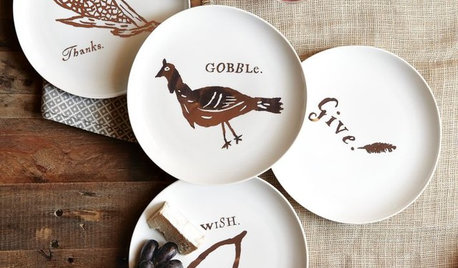
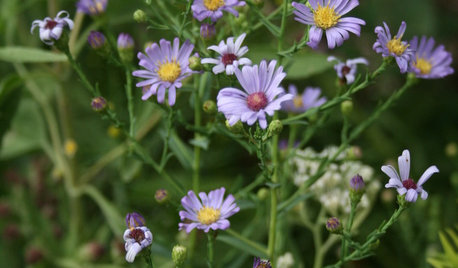
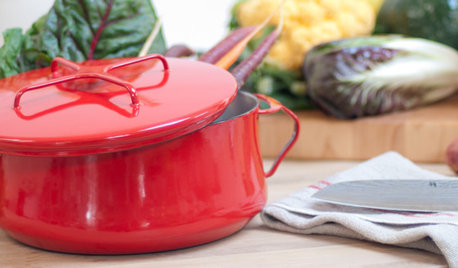

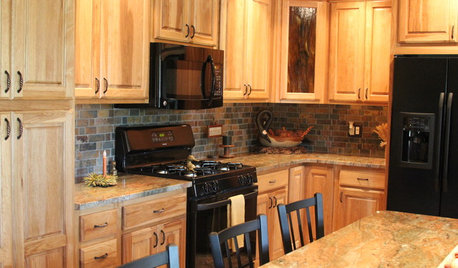
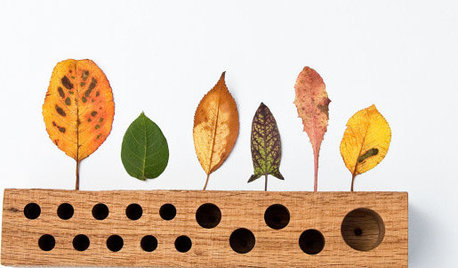







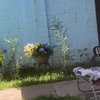

lkz5ia
katrina1
Related Discussions
Mail ordering for autumn?
Q
Your Autumn/Fall orders please....?
Q
Some Autumn Roses (Quicksilver/Nahema/Pomponella)
Q
Updating home - Is my order of updates correct?
Q
viburnumvalley
Dibbit
jqpublic